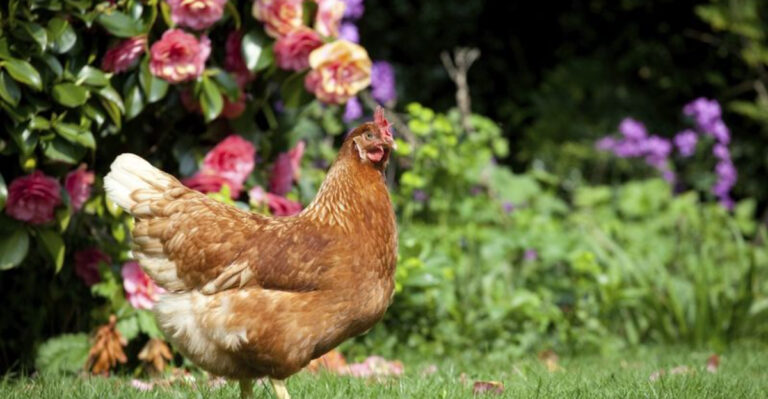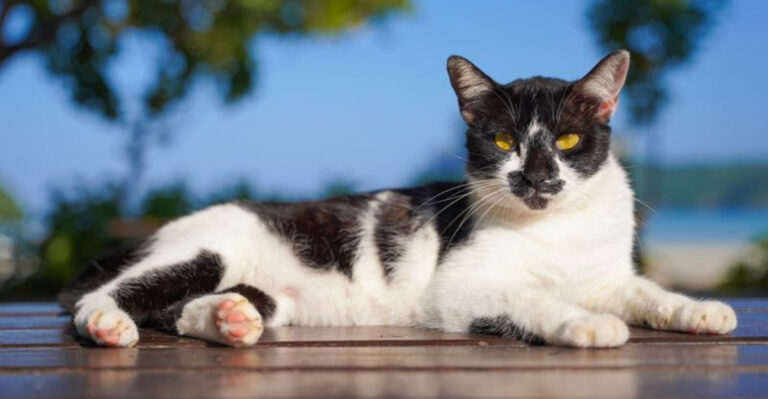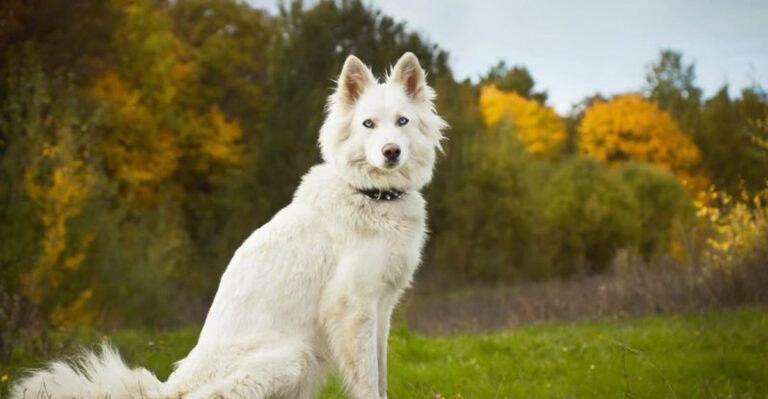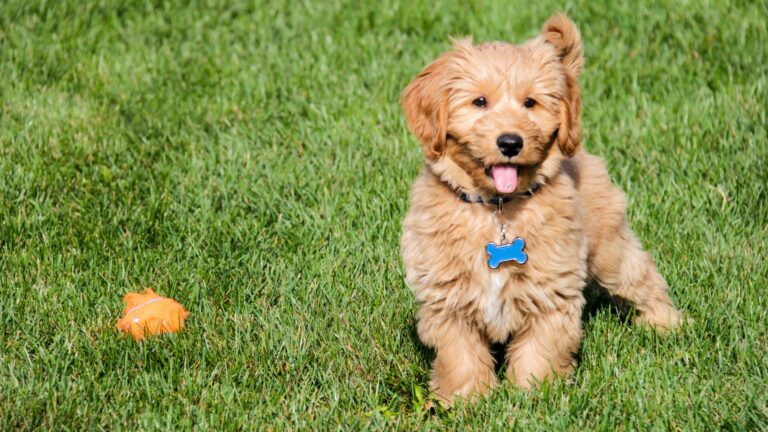Do Animals Feel Love, Grief, And Joy? The Science Behind Their Emotions
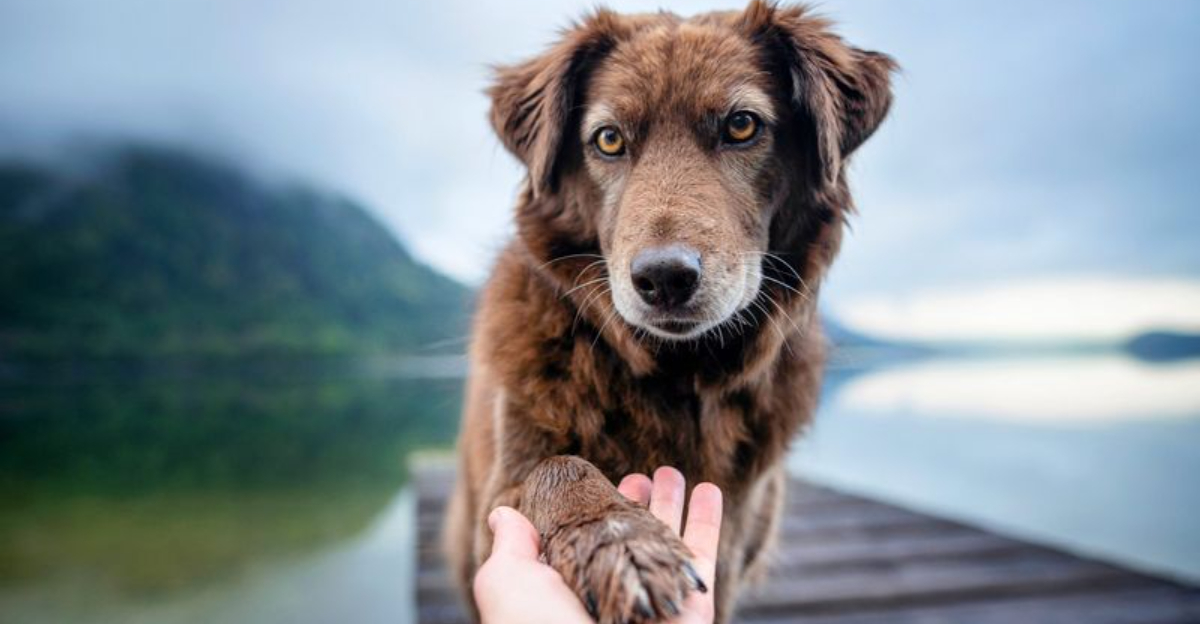
Ever wondered if your pet’s wagging tail means true happiness? Scientists have been uncovering fascinating evidence about animal emotions for decades.
From elephants mourning their dead to dogs showing jealousy, the emotional lives of animals are richer and more complex than we once thought.
1. Elephant Grief Rituals
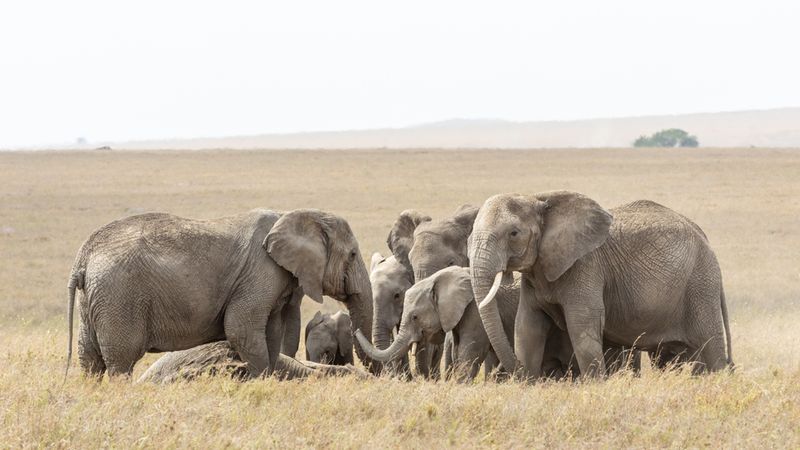
Gentle giants perform actual mourning ceremonies when herd members pass away. They’ll stand quietly, touch the bones with their trunks, and sometimes cover deceased family with branches and dirt.
Researchers have documented elephants returning to the same spot years later, suggesting long-term emotional memory.
2. Dogs Feel Jealousy Too
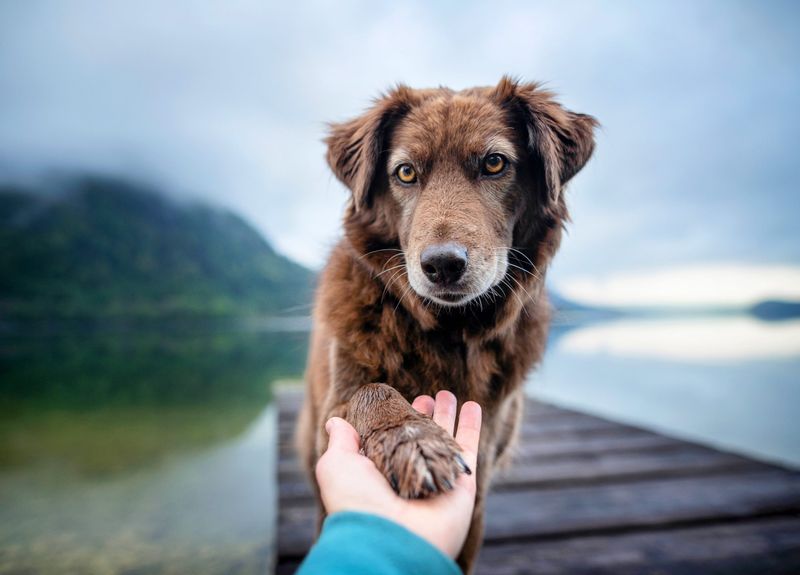
That nudge when you’re petting another dog isn’t just attention-seeking! Studies at the University of California found dogs exhibit jealous behaviors when owners interact with fake dogs.
They’ll push between you and the “rival,” trying to disrupt the interaction – much like human toddlers do.
3. Ravens Hold Grudges
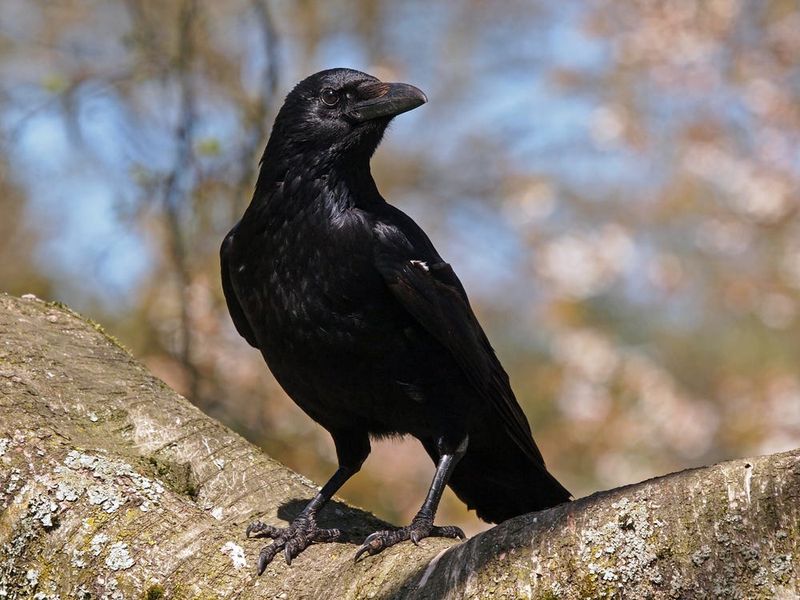
Surprised? These clever birds remember faces of people who’ve wronged them for years! In scientific tests, ravens distinguished between researchers who took their food and those who didn’t.
They’ll even recruit other ravens to mob the “unfair” humans, showing sophisticated social intelligence and emotional memory.
4. Playful Rats Giggle
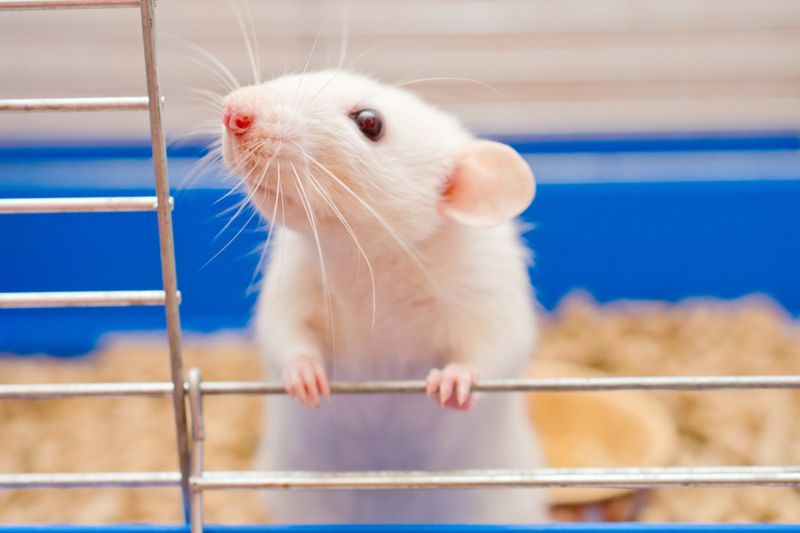
Tickle a rat’s belly and you’ll hear something amazing – ultrasonic rat laughter! These tiny creatures actually “giggle” at frequencies too high for human ears.
Scientists using special equipment discovered rats seek out this playful interaction and bond through it, suggesting genuine joy and social pleasure.
5. Goats Prefer Happy Humans

Forget the stereotype of goats eating anything – they’re actually sensitive to our emotions! Research shows these farm animals gravitate toward people with happy expressions and avoid angry faces.
They’ll spend more time interacting with smiling humans, demonstrating surprising emotional intelligence and preference for positive energy.
6. Chimps Console Each Other

Witnessing a fight in the troop? Chimpanzees rush to comfort the loser with hugs and grooming. This behavior increases when the distress is greater, showing remarkable empathy.
More fascinating still, female chimps console others more often than males do – mirroring human tendencies toward nurturing behaviors across genders.
7. Dolphins Name Each Other

Beyond their playful jumps, dolphins use unique signature whistles – essentially names – for each pod member. When separated, they’ll call specific individuals using these whistles.
Even more incredible, they’ll continue using the whistles of close companions who’ve died, suggesting something like remembrance or mourning for lost friends.
8. Chickens Feel Empathy
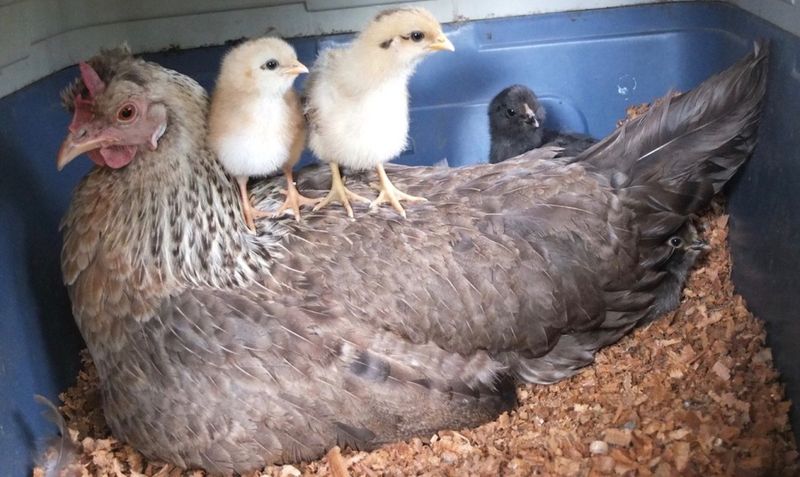
Mother hens show remarkable empathy for their chicks. When researchers exposed chicks to mild distress, their mothers’ heart rates increased and they became more alert.
They also changed their calls and displayed signs of anxiety, even when they couldn’t see the chicks – suggesting they were responding to their babies’ emotional states.
9. Cows Have Best Friends
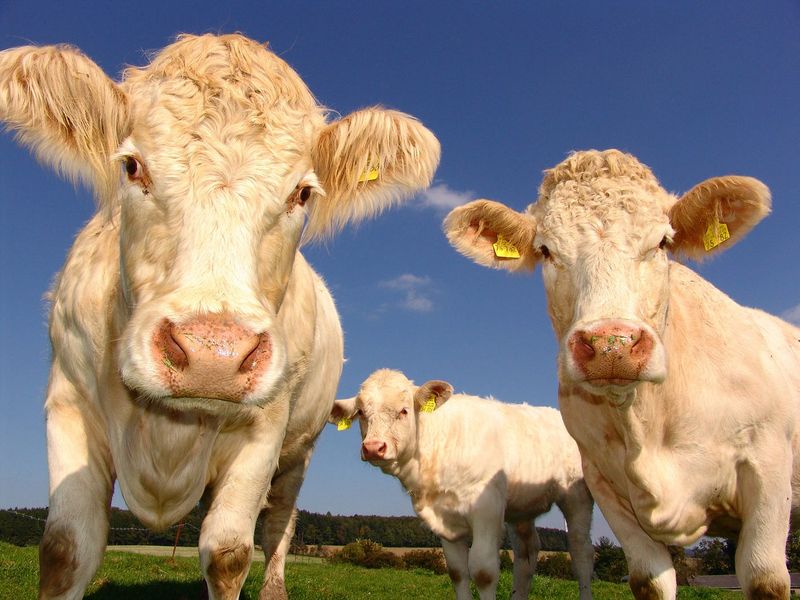
Barnyard buddies are real! Dairy cows form strong friendships with specific herd members, often grazing and resting together. When separated from their bestie, their stress hormones spike dramatically.
Researchers found milk production actually decreases when cows are separated from their preferred social partners. Talk about friendship goals!
10. Parrots Blush With Emotion
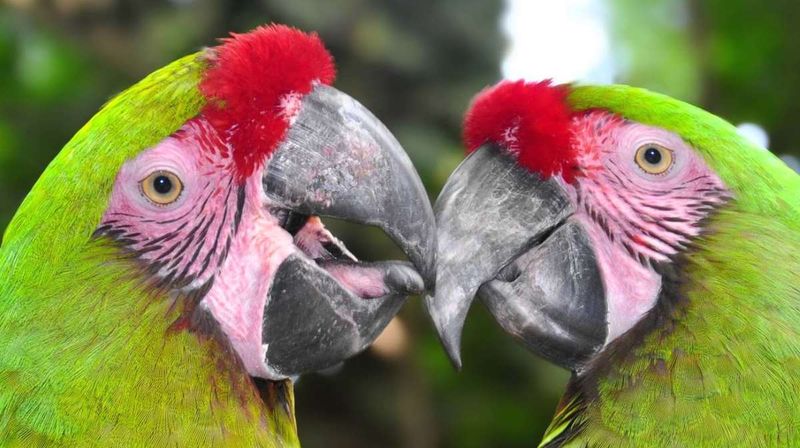
Those rosy cheeks aren’t just for show! Macaw parrots actually blush when excited or emotionally stimulated. The bare skin on their faces changes color through increased blood flow.
This involuntary response suggests complex emotional experiences similar to human blushing. Owners report seeing it during play, when meeting new people, or during enjoyable interactions.
11. Mice Show Empathy Pain
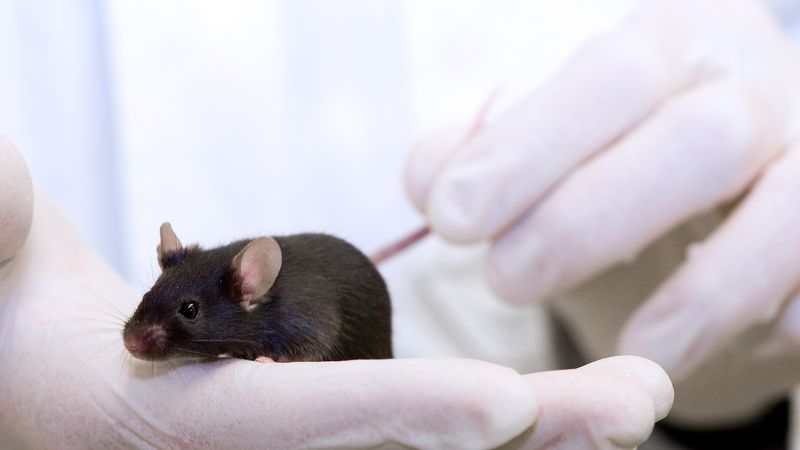
Watching others hurt actually causes mice physical discomfort! When a mouse observes another in pain, it experiences heightened sensitivity in the same body part.
This mirror pain response increases when mice are familiar with each other. Scientists believe this represents a primitive form of empathy that evolved to strengthen social bonds.
12. Apes Recognize Fairness
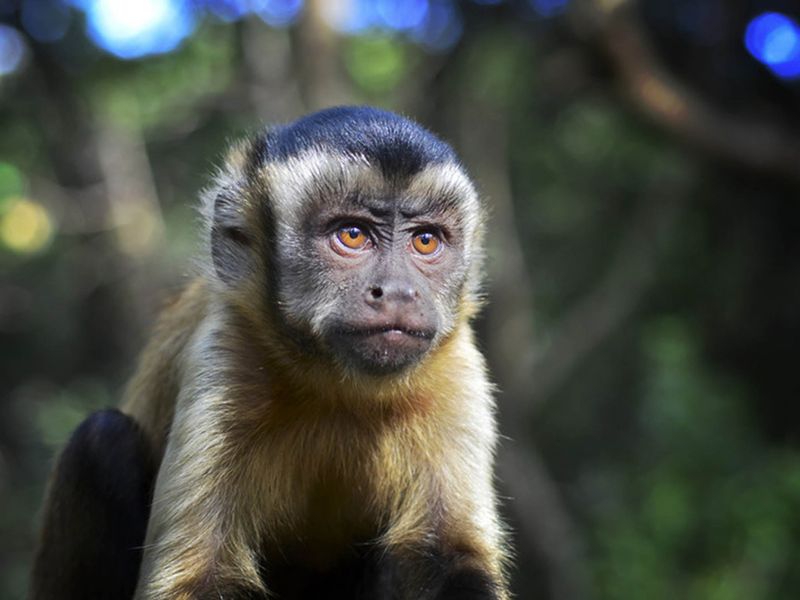
Hand one chimp a grape and another a cucumber for the same task, and watch the drama unfold! The cucumber recipient will often refuse the lesser reward or even throw it back.
This sense of fairness appears across primate species. Capuchin monkeys famously reject unequal pay in lab experiments, showing they understand and emotionally respond to injustice.
13. Horses Read Human Emotions

Your nervous energy before riding isn’t lost on your horse! These sensitive animals can distinguish between happy and angry human facial expressions in photographs.
When shown angry faces, horses’ heart rates increase and they display stress behaviors. They even remember emotional interactions with specific people, affecting how they respond to them later.
14. Fish Feel Pain Differently

Contrary to old beliefs, fish don’t just reflexively respond to hooks. Their nervous systems process pain through different pathways than mammals, but they definitely feel it.
Injured fish change swimming patterns, avoid painful stimuli, and show stress responses. Some species even use tools to rub injured areas against surfaces, suggesting awareness of their discomfort.



